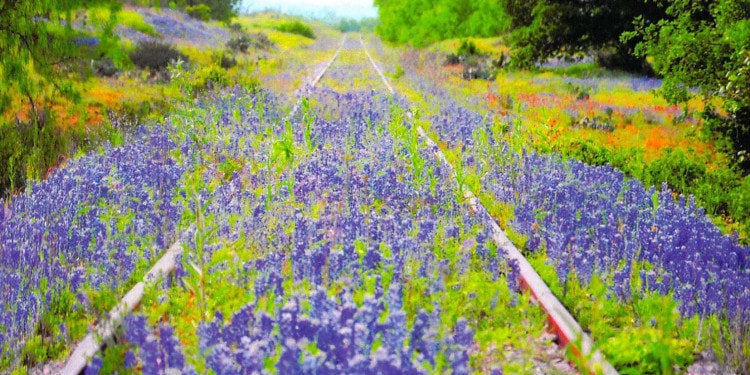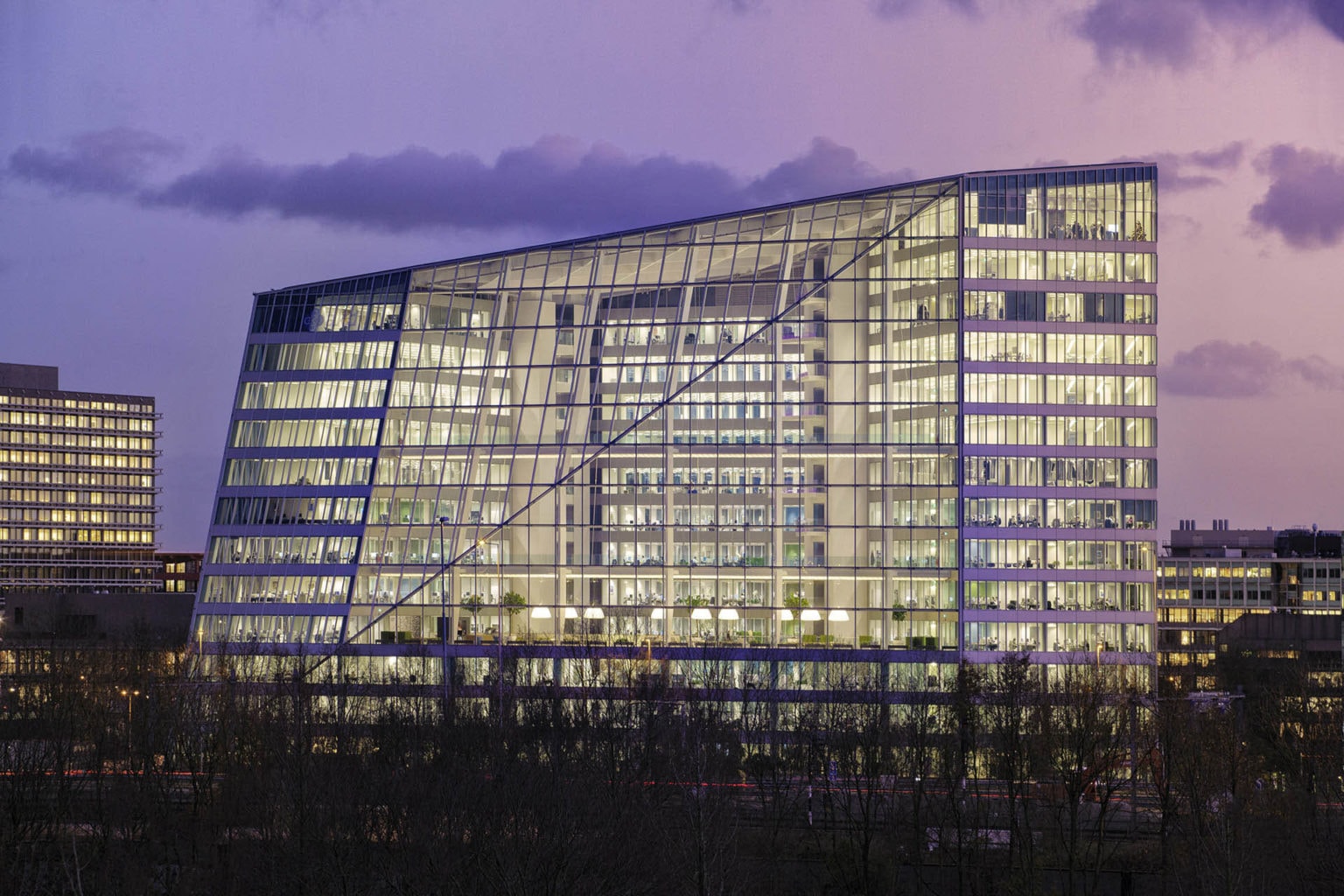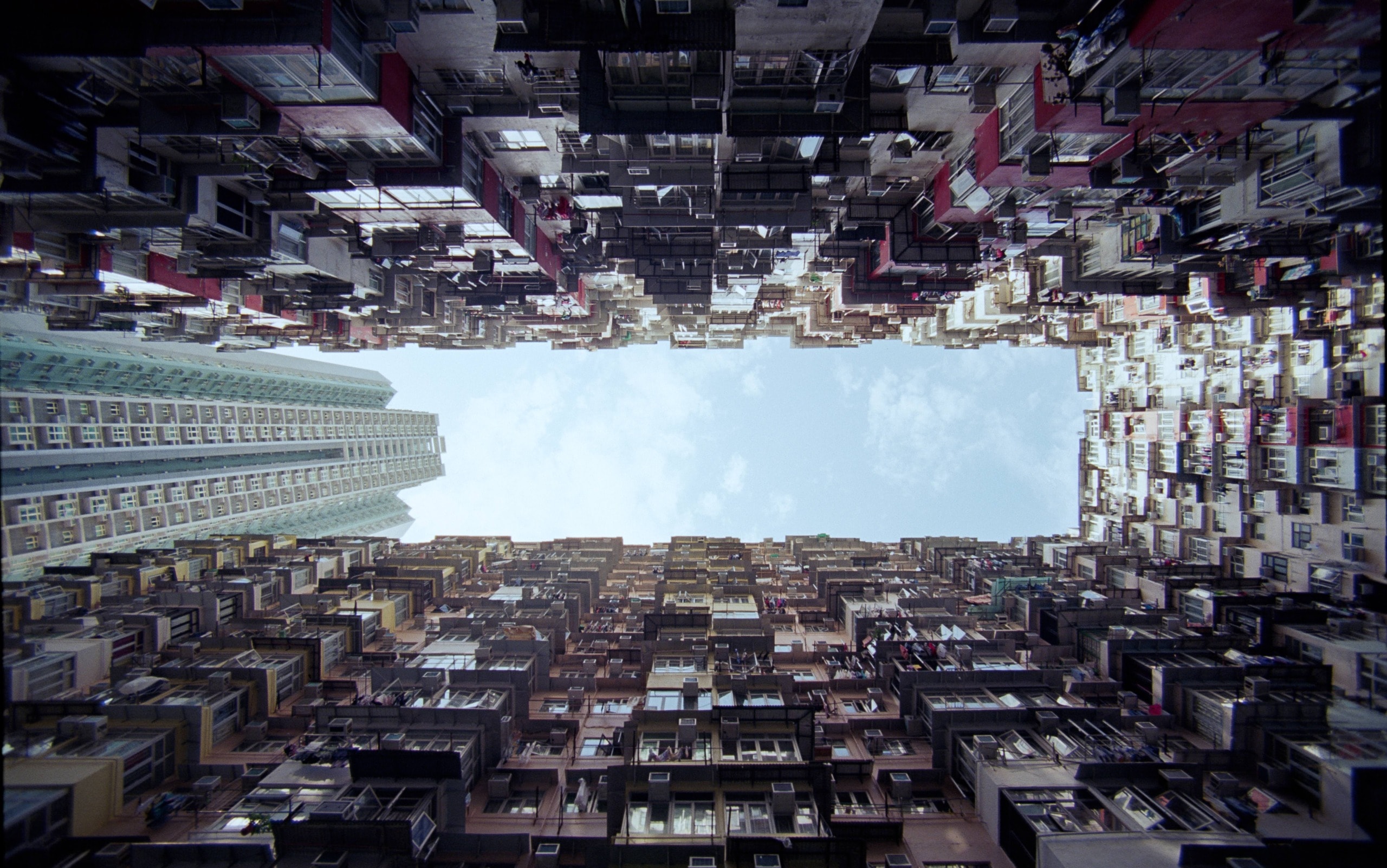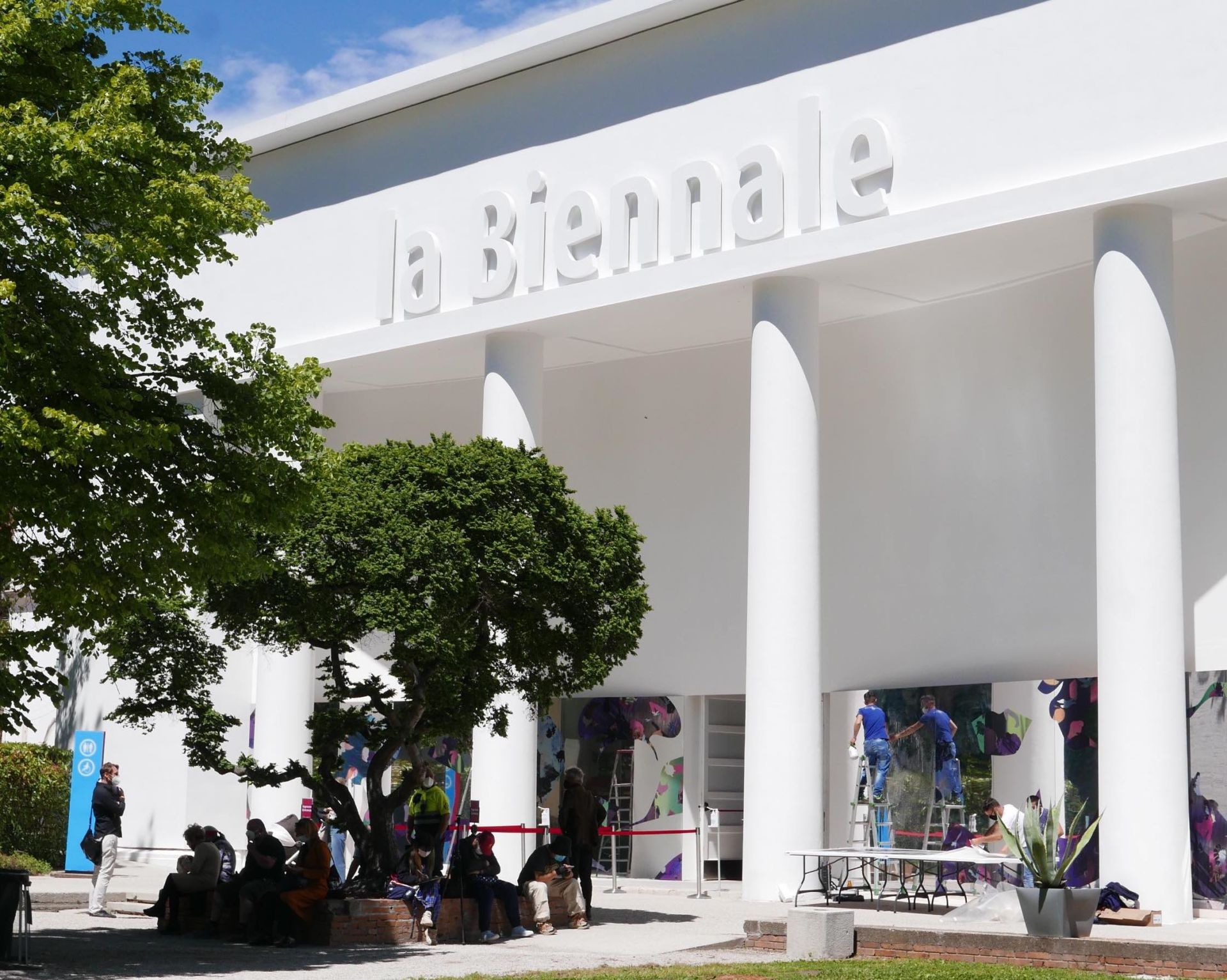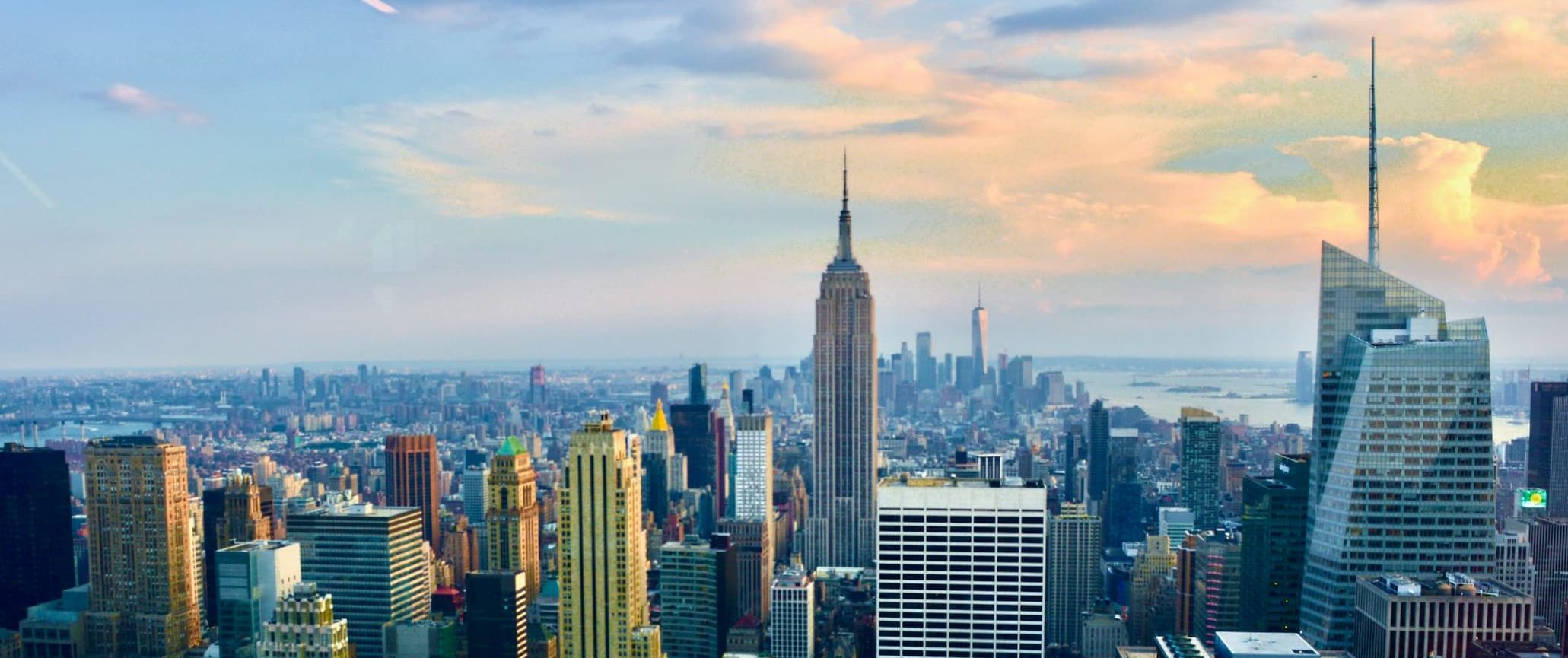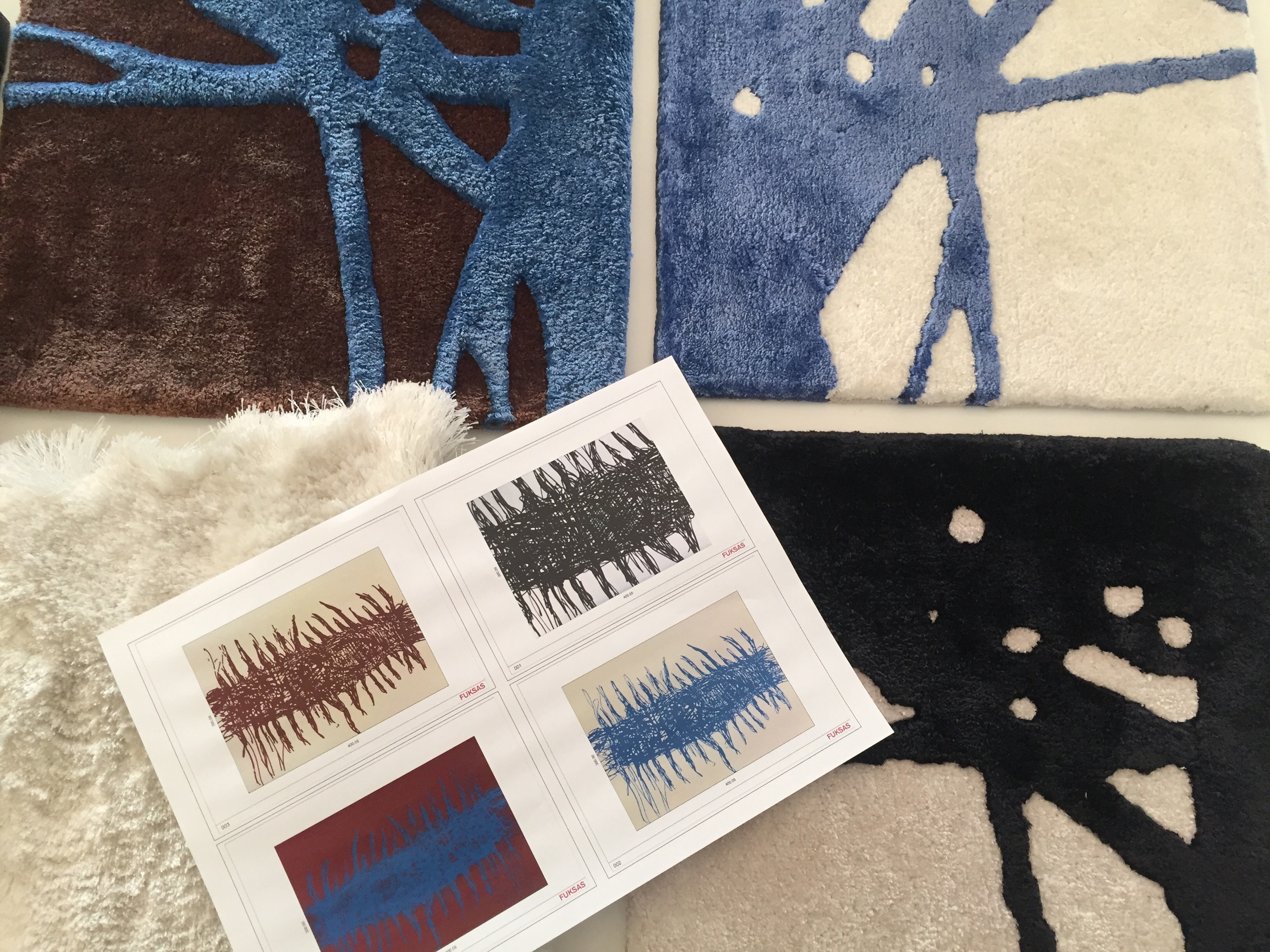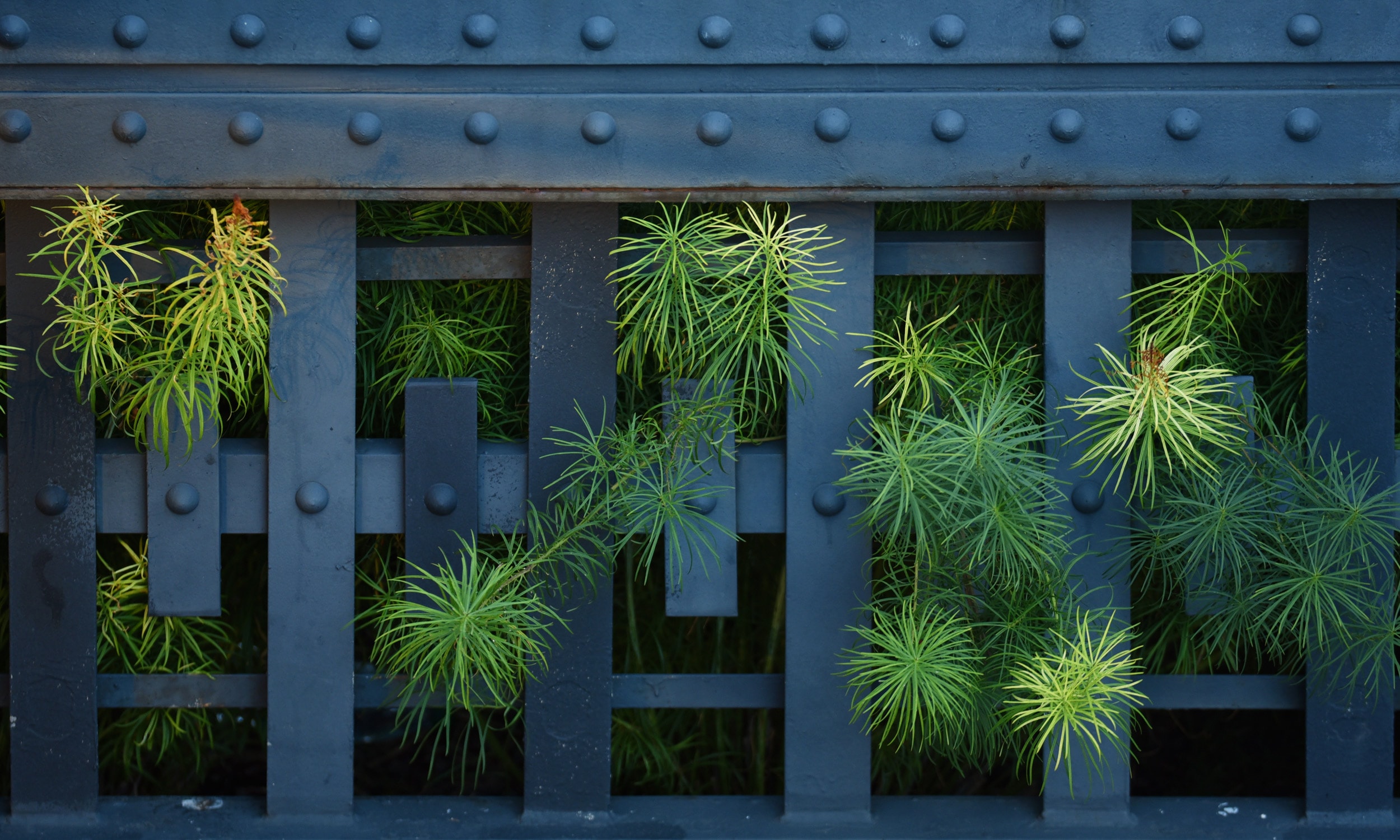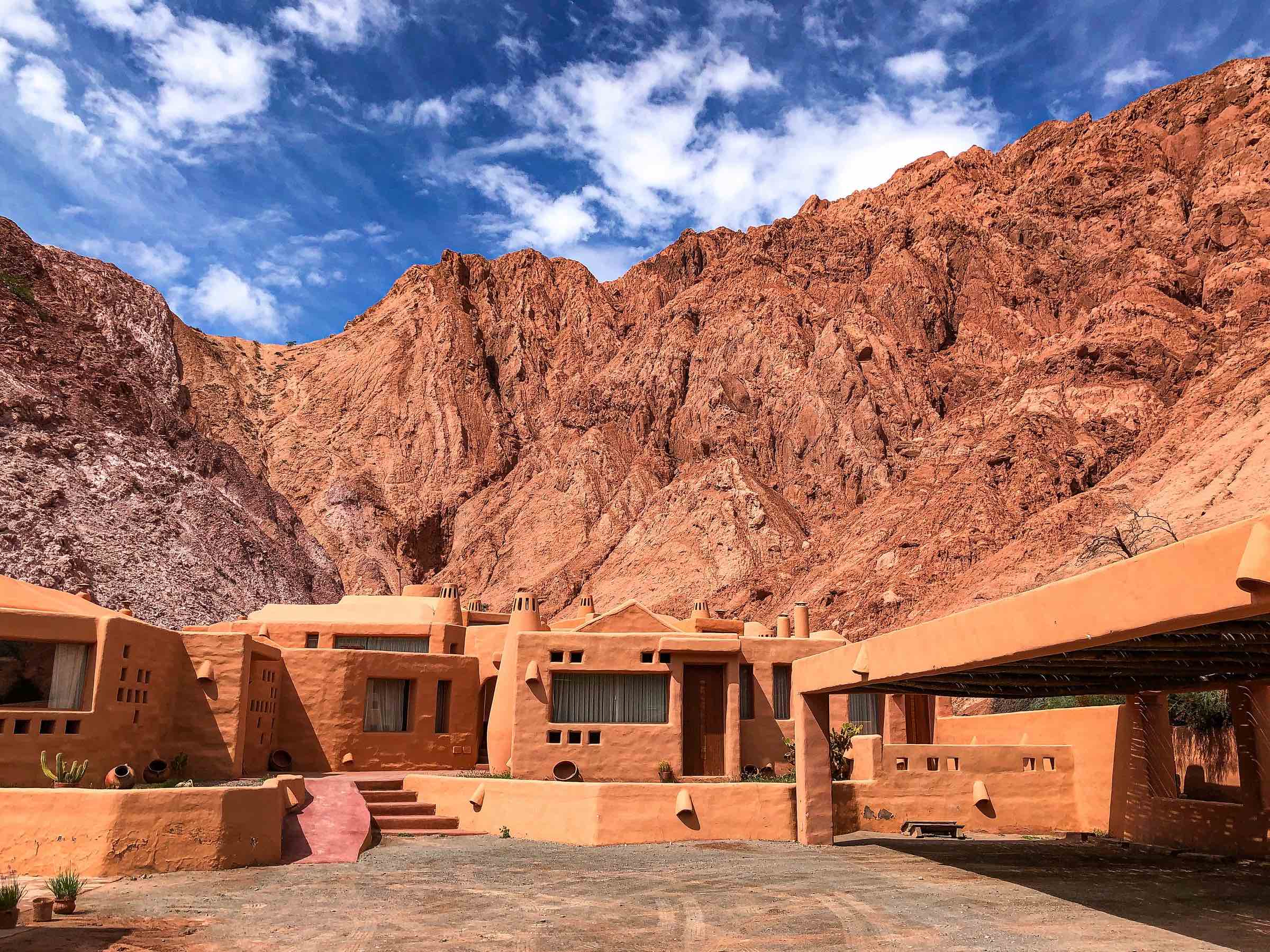As green architecture has taken cities such as Singapore by storm, Rome, known for its architectural antiquity, has not exactly been a frontrunner in the movement. However, this is about to change following the development of the ‘Tangenziale Verde’ project, spearheaded by architect, Nathalie Grenon.
Located near Tiburtina Station, Rome’s second major train station and transit point, the project aims to convert abandoned elevated train tracks into a socially integrated urban park. The two-kilometer-long stretch of train tracks will be transformed into a linear park with a succession of gardens for all generations to participate.
Alongside the gardens, there will be a market for agricultural products ranging from seeds to produce, sports fields, a skate park, an underground auditorium and a bicycle path. The linear park is a scientific platform for experimentation and community interaction. Today it is a mobility infrastructure, tomorrow a green one. The challenge: ensuring sustainability and having a positive environmental impact.
 PHOTO CREDIT SARTOGO ARCHITETTI ASSOCIATI
PHOTO CREDIT SARTOGO ARCHITETTI ASSOCIATI
Although “urban parks” are now ubiquitous, the Tangenziale Verde is distinguished by its dedication to regenerating the pre-existing urban territory. Furthermore, the project aims to transform the relationship we have with our environment, allowing us to relate to our territory as both producers and consumers.
The cross-sector collaboration between local citizens, institutes, government agencies and research centers, as well as the universities La Sapienza, Roma Tre, Tor Vergata, and La Tuscia, will ensure that the resulting synergies will catalyze this urban regeneration project and make it sustainable long term.
Impakter met with Nathalie Grenon, the mind behind the project, to develop a clear understanding of the intricacies of this impressive undertaking.
Related article: “INTERVIEW WITH MITCHELL JOACHIM: AN INNOVATOR IN ECOLOGICAL DESIGN“
It seems that the city of Rome has not made significant advances in sustainable, green urban architecture the way other global cities have. What role can Tangenziale Verde play in jumpstarting Rome’s environmental conscience?
Nathalie Grenon: Sustainability starts with the relationship between citizens and their city, and then the relationship between the city and its surrounding territory. This includes not only the countryside but also the suburban areas, which are much larger in comparison to urban areas. The main problem with suburban areas is that they are neither urban nor agricultural.
To make them sustainable, we have to include the social urban elements so that the suburban areas can be better integrated with the inner city and the surrounding countryside. The Tangenziale Verde project will do this by creating an interaction between the environment, the citizens and their different roles in society. This includes institutes, research centers, universities, experts and their children. This is the most important aspect of the project: sharing a space and knowledge so we can live better together: “on care for our common home” as Papa Francesco suggests in his Laudato Si Enciclica.
 PHOTO CREDIT SARTOGO ARCHITETTI ASSOCIATI
PHOTO CREDIT SARTOGO ARCHITETTI ASSOCIATI
The project has a very holistic approach to its design. How do you foresee its impact on the environment around Tiburtina station?
In my view, urbanity has the sense of ameliorating the quality of life. Rome’s development in the last 15 years, unfortunately, has not taken into consideration the relationship between its territories; it has been isolated in strictly two-dimensional spaces that have no relation with the site or the social sphere in which it was built. The energies we take most for granted are the sun, water, and our knowledge. These are not autonomous entities; we have to work on making them interact with one another in the best possible way.
Increasing quality of life means that you try to minimize stress, disease and all the other negative parts of life. Sustainability means trying to develop a long-term environment to live together, where the resources go beyond short-term solutions such as disease control. We’re not trying to increase the number of hospitals. We want to use our knowledge of the natural environment and encourage citizens from all generations and cultures to participate in fostering this knowledge community.
In order to get this participation, it has to be fun, entertaining, interesting and, if you start young, it can be sustained for a long time. That’s the reason we have added a cosmic appeal to the project: a child that is in an urban environment has to understand that he’s not just part of a street but part of a larger cosmic world.
 PHOTO CREDIT SARTOGO ARCHITETTI ASSOCIATI
PHOTO CREDIT SARTOGO ARCHITETTI ASSOCIATI
How have research centers helped with the social dimension of the project?
We are starting with an area of eight tracks, which will be transformed into what we call an agronomic garden. I thought it was important to have a dimension of beauty and community, a place for people to come together. However, in managing the agronomic garden, you need to be trained in building hanging gardens, which involves saving and re-qualifying rainwater and having well-hydrated soil to ensure water dispersion stays to a minimum. The project has grown with the knowledge and precious contribution of the major Rome-based National Research Centers: CNR, ENEA, and CRA. With them, we are starting from the current “Condition report” and working towards developing the best strategies for the future of environmental regeneration.
We want to use our knowledge of the natural environment and encourage citizens from all generations and cultures to participate in fostering this knowledge community.
We will include 22 schools and the university in the area so the centers can work together with the people and have participation from all strata of society. Sapienza University helps in various ways. One example is the Psychology Department researching children’s growth processes. It involves very young children (1-6 years old), affected by neurological problems that are often secluded in their rooms. The project will provide a place where these children can experiment with the life-process of soil and plants, with people who are very knowledgeable: a stimulating green therapy for both the participants and researchers.
In Italy, we have a strong history of public gardening, but in the last 50 years, public green areas have often become the synonym of abandonment and insecurity. The regeneration of the Tangenziale Verde will be an avenue for sustained social and environmental responsibility. This is why we have also involved the Istituto Agrario (Agrarian Institute). These young students are learning how to work with fruit trees, experimenting and interacting with the urban citizens who will be the consumers of tomorrow. This is the interaction we want to introduce, especially in this part of Rome where we have the highest population density.
Since antiquity, Rome has had an abundance of water. How does Tangenziale Verde plan to manage the rainfall and be self-sufficient with its water supply?
The main idea is that the Tangenziale needs to be transformed into a contemporary aqueduct. The water will arrive and instead of letting it go to waste, we will recall it through the metabolizing function of water and green filters. The Tangenziale will have two levels with tanks on the lower level where we can collect the water, depurate it and use it for the plants and fountains.
It is crucial that we start thinking about how green infrastructure can sustainably source and purify water. There has been sustained neglect for urban water management in Italy which has led to the EU imposed fines that take a toll on the already scarce public expenditure that could be used for better causes. By introducing improved urban water management in the Tangenziale Verde project, we hope that this will cause a ripple effect that will fuel more urban areas around Italy to start implementing effective sustainable urban water systems.
 PHOTO CREDIT: GIOVANNI BON, PARCO DEGLI ACQUEDOTTI
PHOTO CREDIT: GIOVANNI BON, PARCO DEGLI ACQUEDOTTI
How will the project deal with the waste problem in Rome?
In the fifty years that the train tracks were in use, the area was strongly affected, not just in terms of noise pollution but also neighborhood relations. It is one of the most sensitive points in the city and is in need of an effective plan to reintroduce the social dimension of the public space.
The area surrounding Tiburtina has the highest inhabitant density in the city and so it is also the perfect place to experiment with real waste recycling. The first stage will be the use of organic waste for the compost. Once this is in place, all recyclable materials such as paper, glass, and plastic can be easily reused. This means transforming the waste into resources, which will have a great socio-cultural effect on the day-to-day life of Roman citizens who are used to seeing mountains of waste on every street corner.
The water will arrive and instead of letting it go to waste, we will recall it through the metabolizing function of water and green filters.
What are the greatest challenges you have faced so far?
The initial challenge was facing the extent of previous environmental disasters in Rome and reclaiming the beauty of the area in the city. The ongoing challenge is trying to reverse this tendency to think that everything is always going to get worse by encouraging the belief that everything can become much better.
The most positive people about the project were mainly women and young people and it has been a battle to try and change the minds of others. In the last thirty years, technology and mass consumption have invaded so much and we need to react in an intelligent way. The main challenges are changing attitudes and fostering optimism.
Recommended reading: “SHAPING THE FUTURE OF OUR CITIES“


